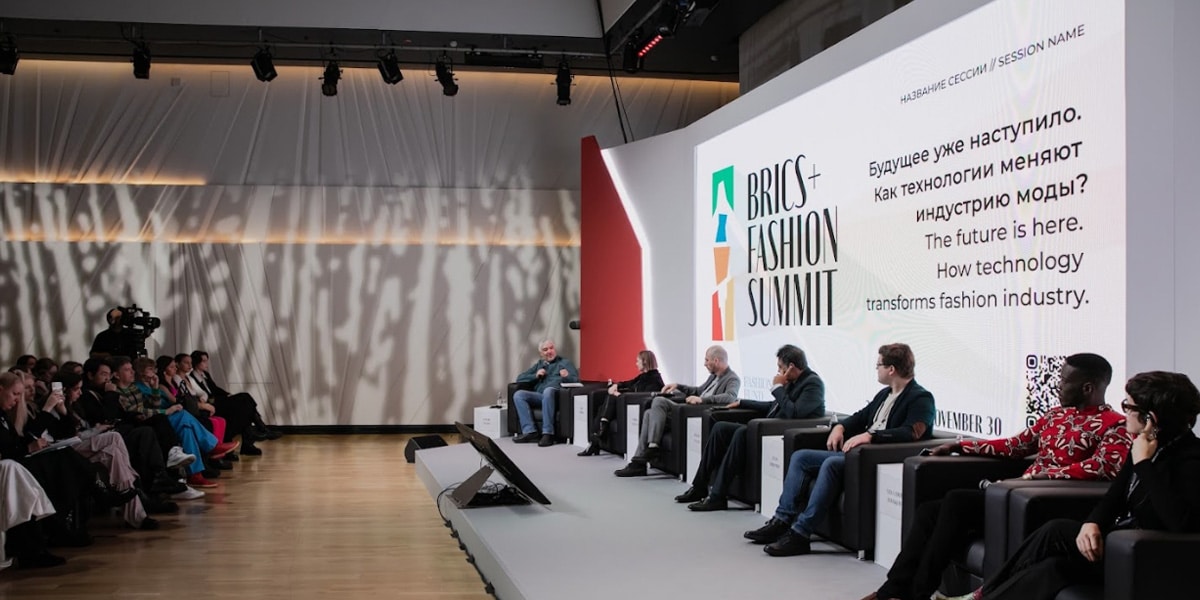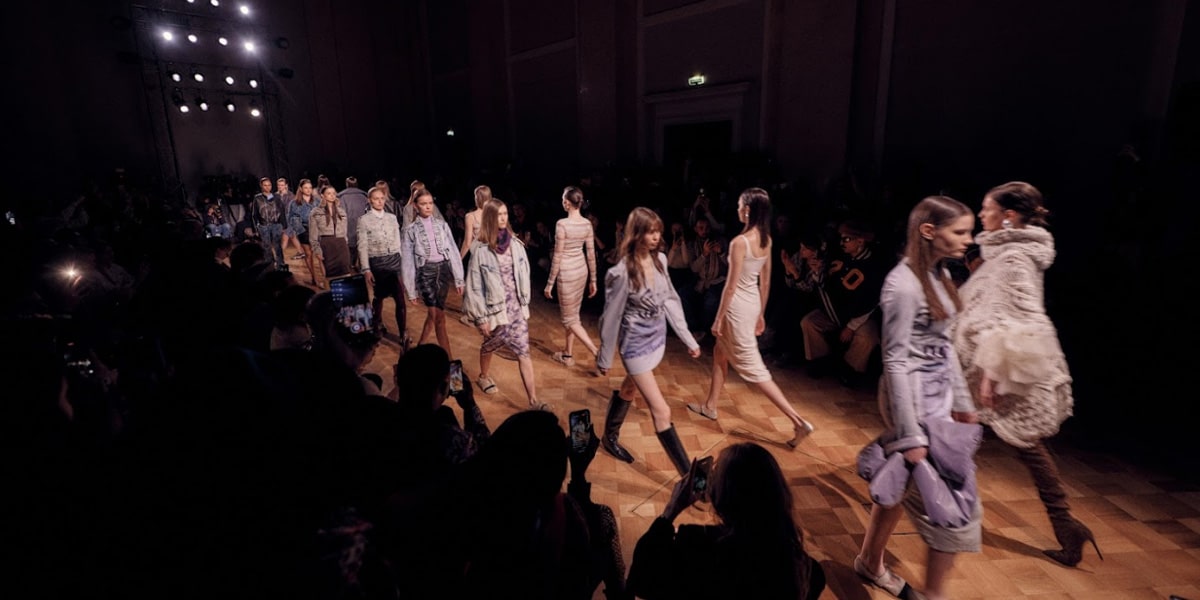Fashion and technology have merged, creating new trends and possibilities. From wearable tech to 3D printing, fashion has become more personalized and interactive. Virtual reality and augmented reality enhance the shopping experience, while sustainability is prioritized through recycled materials. The intersection of fashion and technology continues to evolve with exciting innovations on the horizon. At the BRICS+ Fashion Summit, representatives from the world’s fastest-growing economies in the fashion industry gathered to address the significant technological changes reshaping the global fashion landscape.
Among the cutting-edge technologies making waves in the fashion world, blockchain has emerged as a prominent game-changer. The decentralized nature of blockchain and the rise of Decentralized Autonomous Organizations (DAOs) are empowering niche brands to secure funding and effectively navigate the complex fashion landscape. Metafactory, a leading DAO, has played a pivotal role in catapulting emerging designers into the spotlight.
Vladislav Martynov, founder of BlockGeeks, lauded the transformative potential of blockchain and digital breakthroughs during his session, titled “The future is here: How technology transforms the fashion industry.” Despite global political friction, Martynov highlighted blockchain technology as a groundbreaking solution that facilitates smooth transactions for designers and successfully manages digital and real-world sales.

During a session titled “Through the Metaverse: Blockchain, DAO, Web3, and other technologies democratizing the industry,” Sunil Arora, a revered Web3 fashion veteran and Tech Advisor for the Global Apparel & Fashion industry, unveiled the seamless possibilities offered by virtual realms. Arora emphasized how virtual spaces transcend the limitations of offline experiences, offering unprecedented opportunities for the future of fashion, where virtual realities and gaming intertwine.
Priyanka Sarkar, CEO and Head of Design at House of Biori, emphasized the pivotal role of the metaverse in the retail sector. By immersing consumers in a brand’s virtual reality and allowing interactive experiences with products, the metaverse offers a refreshingly engaging alternative to the mundane landscape of traditional e-commerce.
The digital revolution in the fashion industry was also a key focus. The traditional fashion industry is undergoing a radical transformation as innovation and digitalization take center stage. Pioneers like Olivia Merquior, founder of Brazil Immersive Fashion Week, emphasize the profound impact of technological advancements on the industry. From 3D printing to artificial intelligence and mixed reality, digital technologies are reshaping the way fashion is designed, manufactured, and marketed. Streamlined operations, enhanced customer experiences, and more sustainable practices are just a few of the benefits these advancements bring.

However, this revolution does not come without its fair share of challenges. Industry stalwarts resistant to change, the need to upskill the workforce, and the digital divide among smaller brands and non-tech-centric countries pose potential hurdles. It is essential to foster openness and encourage traditional businesses while ensuring creators who do not rely on technology are not overshadowed.
As the fashion industry continues to undergo a tech-driven transformation, industry leaders must remain vigilant to technological advancements. The ability to adapt to these changes and embrace innovation will be the defining factor for success in this fiercely competitive sartorial realm. Any lag in keeping up with the tech curve could lead to missed opportunities and substantial setbacks for fashion stalwarts.


















